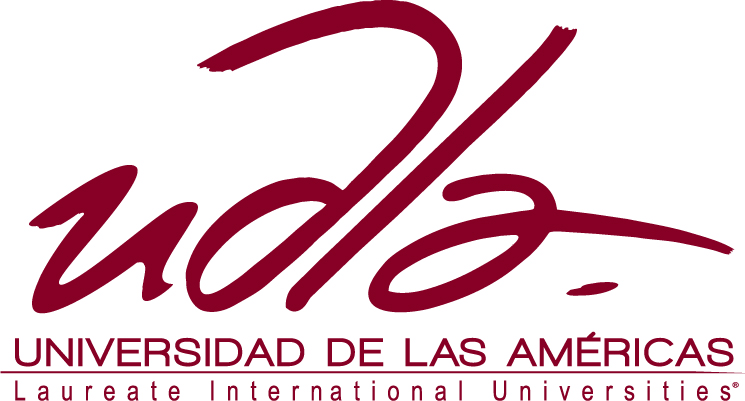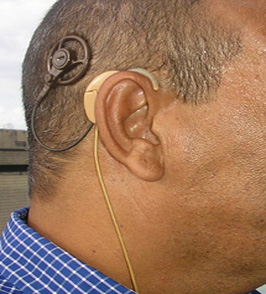
Even though in myth number one and in the post: “Deaf yes, mute no” we speak about this subject, from time to time it’s good to repeat it and go deeper into it to avoid doubts.
First we should explain concept (extracted from oxforddictionaries.com)
- Deaf- Lacking the power of hearing or having impaired hearing.
- Mute- (Of a person) lacking the faculty of speech.
- Speak- Say something in order to convey information, an opinion, or a feeling
- To make sound- To emit a voice or sounds.
Taking in account these definitions lets go with…
First example: A deaf person.
These people have their ears “damaged” so they can’t receive sounds; but this doesn’t mean that their vocal chords are damaged. Thus their ability to speak is intact. If they don’t it’s because they haven’t had speech therapy, or because they don’t’ want to. They aren’t, at any time deprived of their vocal capability. Therefore, they are not mute.
Second example: A person with damaged vocal chords.
In this case the person could not emit sounds, but could still communicate using sign language. It’s important to know the difference between communicating and emitting sounds. Even though these people can’t speak with their voices they can do so with their hands.
Third example: A person with damaged vocal chords and without arms.
In this case either we couldn’t be talking about a mute; given that there are multiple ways of communication that don’t need the emission of sounds. (Morse, etc..)
Fourth example: A person with damaged vocal chords, without arms and deaf.
Yes, in this case we could be talking about a deaf-mute person. But the number of people like this in the world is minimal. Thus, calling every deaf person a deaf-mute is labeling them incorrectly.
The adjective “deaf-mute” is considered offensive by deaf people and their community. Naturally, respect and education are not scientific or legal parameters. That’s why people are free to call deaf people as they please. However, in some contexts the respect and education are of vital importance. Something like this happened to the National Spanish Police when they tweeted the following:
Jóvenes en la calle, supuestos/as sordomudos/as, que te piden su apoyo con una firma en un papel… y dinero #FRAUDE Y ALGUNOS INTENTAN ROBO
— Policía Nacional (@policia) Mayo 28, 2015
Young people on the streets, supposed deaf-mutes that ask for your support by signing a petition… and donation of money #FRAUD AND SOME TRY TO STEAL.
— National Police (@policia) May 28, 2015
As you can see in the answers they received, many people warned them of their mistake.
So then, why are they called deaf-mutes?
To understand the origin of this term we have to go back before the 18th century; to a time where there were no studies made about deaf people. The abad L’pee was the first teacher to instruct deaf students to speak using sign language demonstrating their ability to communicate and this way proving they weren’t mute.
While it is true that some associations for deaf people continue to have “deaf-mute” in their names, it is due to the lack of updating because of carelessness or historical respect. Language is a living entity and is subject to variations.
Even though we know this, the lack of knowledge of many people leads to the continued reference of them as “deaf-mutes”. It’s just a matter of upgrading knowledge.














